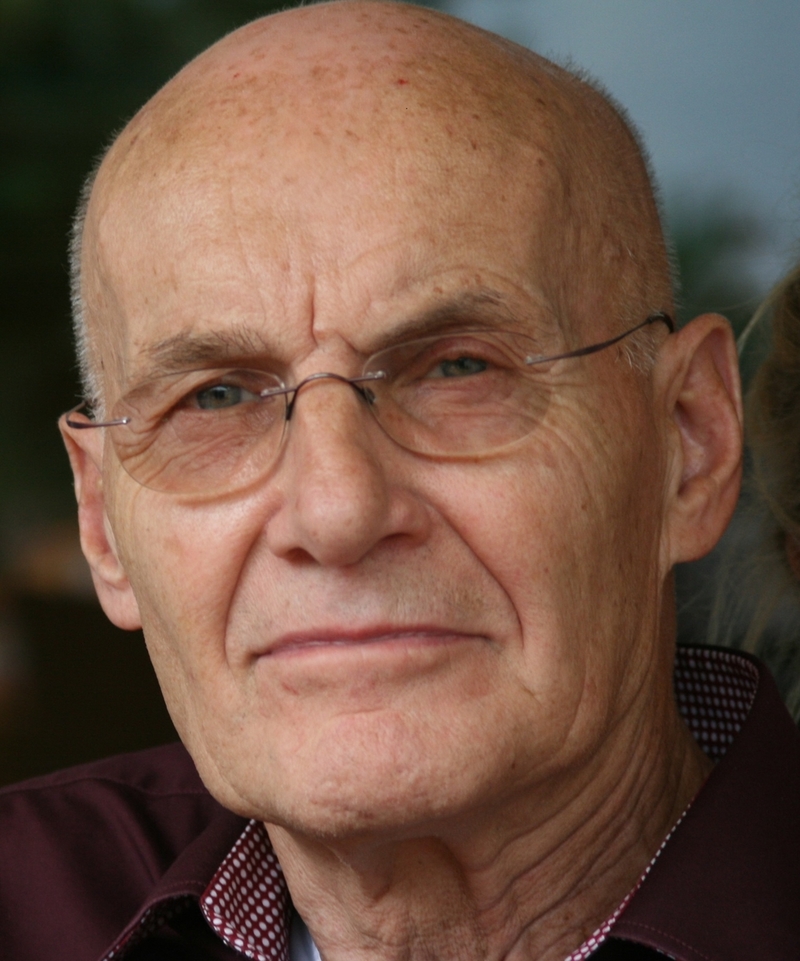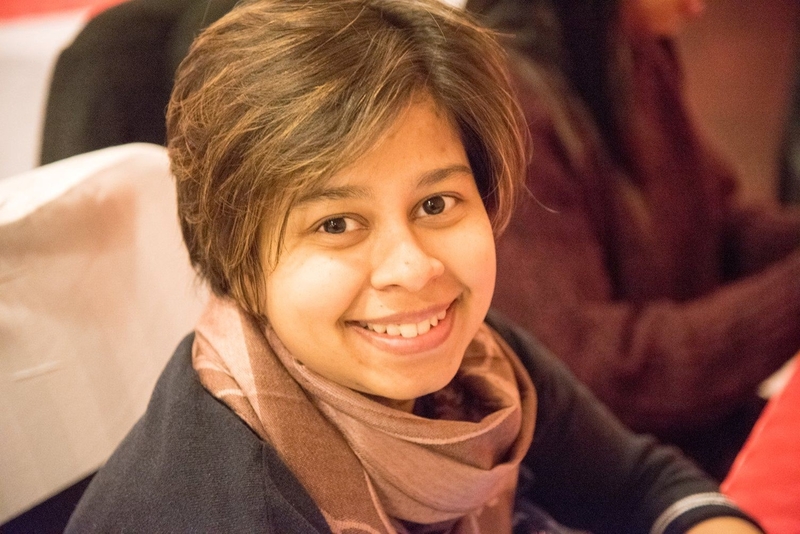Tutorials: Sunday, October 25th
Track 1: Optical Sensing
A. “Distributed Optical Fibre Sensing: Can a single strand of optical fibre replaces 100,000 sensors?”
Dr. Ali Masoudi, Optoelectronics Research Centre, University of Southampton, UK
Abstract:
The ability to map the physical parameters of large infrastructures at thousands of points is recognized as a matter of increasing importance. Such a map can provide valuable information about the current state of the infrastructure and, more importantly, be used to develop analytical models that predict the behaviour of the infrastructure. Wireless sensor networks (WSNs) are well-established approach commonly used for recording physical conditions at several hundreds or thousands of nodes. Despite their versatility, WSNs are not suitable for applications where large number of nodes (>1,000) needs to be sampled at a relatively high rate over extended structures such as pipelines, boreholes, or railway networks. For such applications, optical fibres offer unique solutions.
This tutorial is an introductory course to the field of distributed optical fibre sensing (DOFS). During this course, the origin of this technology is explored and the physical principles behind the operation of such sensing systems is explained. The probing techniques used by DOFS systems to measure physical parameters such as temperature and vibration, every meter, over tens of kilometres of optical fibre are reviewed and several industrial applications of this technology will be presented.
B. “Handheld Near-Infrared Spectroscopy: Realistic Quality Control and Protection against Product Counterfeiting versus Empty Promises”
Prof. em. Heinz Wilhelm Siesler, Department of Physical Chemistry, University of Duisburg-Essen, Germany
Abstract:
This communication attempts to separate the wheat from the chaff regarding the bid of commercially available handheld near-infrared (NIR) spectrometers and tries to answer the question of whether this technique is already mature for applications in a non-expert user community. Taking into account its chemical specificity and the simplicity of sample presentation for a broad range of materials, NIR spectroscopy is by far the most advanced vibrational spectroscopy technique in terms of hardware miniaturization. This development is additionally fueled by market-research compa-nies that predict a considerable growth rate for this segment of instrumentation within the next few years. With the further reduction of costs by high-volume manu-facturability, this technique will also come into reach of a new non-expert user community and widespread adoption of such spectrometers for in-the-field testing and on-site measurements in everyday-life applications is forecast. However, these optimistic prospects have, unfortunately, also led to negative commercial develop-ments such as the exaggerated claims of some direct-to-consumer companies regarding the performance of their “NIR scanners” with “cloud evaluation of big data”. Apart from making unrealistic promises with reference to, for example, the determination of the type and accuracy of nutritional parameters, pesticide residues, determination of the freshness of fruits and vegetables or the identification of stains on textiles, most of the advertising videos oversimplify the measurement procedure to a “point-and-shoot” action with any deficiencies in sample presentation and sample representativeness being taken care of by the cloud evaluation. These “garbage in–garbage–out” measurements inevitably lead to unfulfilled expectations of the users, and as a consequence of such failures, to a misjudgement of the real potential of NIR spectroscopy. Therefore, in this article the instrumental principles and performance parameters of those instruments, which are not only available on the market, but whose performance parameters are also easily traceable in specification sheets or have been verified by the scientific community in test measurements, is summarized. Apart from exemplary applications, the basic requirements for qualitative and quantitative applications are outlined to provide the interested reader some guide-lines for selecting the appropriate hardware for a specific analytical problem. Finally, the maturity of handheld NIR spectroscopy for introduction to a new non-expert user community is briefly discussed from the authors’ perspective.
Track 2: Printed, flexible, and mobile sensing
A. “Flexible and Printed Sensors: Materials, Technology and Selected Applications”
Ass. Prof. Sharmistha Bhadra, Electrical and Computer Engineering, McGill University, Canada
Abstract:
Research in flexible and printed sensors technology has led to growing commercial interests due simplified processing steps, reduced material wastage, low fabrication cost, simple pattering techniques, and realization of electronics on flexible and low cost substrates. Due to these advantages, many researchers are considering fabricating the IoT sensors and wearables with printed and flexible electronics technology. Although printed and flexible sensors are economically attractive, their operational performance is generally poor. Therefore, the number of commercially available printed sensors is limited today. Most of the commercially available printed and flexible sensors are NFC tags, glucose and force sensors. From this tutorial the attendees will understand the concept of printed and flexible sensors and will be able identify the root causes of some of the limitations associated with development of these sensors. They will learn how emerging technologies, new materials and novel circuit topologies can circumvent the limitations of current printed and flexible sensors. The tutorial will present some examples of high performance printed and flexible sensors and wearables from the literature (with some from the author's laboratory). Overall, the attendees will acquire knowledge necessary for design and development of high performance low cost printed and flexible sensors. As printed and flexible sensors can play an important role for the growth of IoT and wearables, this is high time to attend this tutorial.
B. “Getting most out of your SENSORS: Mixed-Methods Research Methodology Enabling Identification, Modelling and Predicting Human Aspects of Mobile Sensing "In the Wild"”
Prof. Katarzyna Wac and Alexandre De Masi, Quality of Life Lab, University of Geneva, Switzerland
Abstract :
We observe unprecedented progress in the context of sensing technologies, and deployment of sensing-enabled applications and services in the natural daily life environments of their users, become a norm. On the one hand, user acceptance of any existing sensor/its application depends on a variety of human aspects (e.g., activities conducted) influencing the perception and use of this sensor/its application. On the other hand, there are many human aspects and needs (e.g., safety) that could be supported by novel sensors, and these are unknown to date. However, despite the importance of understanding human aspects of sensing-enabled applications and services "in the wild," a sound methodology for that purpose does not exist. Towards this end, we propose a research methodology lever-aging mixed-methods that can be applied in experiments aiming to identify, model, and predict human aspects of mobile sensing in the user's natural environments. The combination of the qualitative and quantitative research methods within the methodology provides data at different times and other contextual resolution enabling then to model and predict users' emotions, attitudes, and behaviors of the users, influencing the sensory data collected. We have evaluated the applicability of the methodology in user-based research to study a set of mobile sensory interactions and human aspects (e.g., stress, intimacy perception, sleep) led by different types of research questions in a set of studies ranging from a month to 2 years. In these studies, we have leveraged commercially available sensors embedded in wearables and smartphones. With these studies, we reflect upon the replicability of the proposed methods. We discuss the goal of leveraging the results acquired with the methodology in the defining, modeling and predicting of human aspects for any existing or to-be-designed mobile sensing service.
*The exact schedule of the conference including the time-slots for the interactive part of the tutorials will be announced soon.

.jpg)



